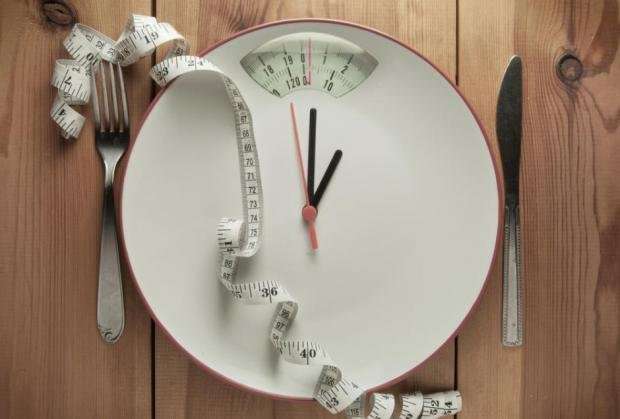

Air may leak around the stoma, and crackling will be heard under the surrounding skin. Note: Crackles can also be heard with the improper placement of a tracheostomy tube. Treatment including diuretics, positive inotropes ,oxygen therapy, and mechanical ventilation may be needed. Chronic fine crackles can also point to the development of ARDS, or acute respiratory distress syndrome. This can often be attributed to conditions like pulmonary edema and congestive heart failure. This may include postural or positional drainage, chest percussive therapy (VEST), vibration and PEP therapy,and cough insufflation/exsufflation therapy.įINE CRACKLES: also called moist crepitant rales may indicate fluid in the alveoli and small airways. MEDIUM CRACKLES: may indicate middle airway secretions (segmental to terminal bronchi) Bronchial hygiene may be required. This might be from an respiratory infection that produces large amounts of mucus. There are 3 types of crackles that may indicate specific disease states COARSE, MEDIUM, & FINE.ĬOARSE CRACKLES: also called RHONCHI may indicate large airway secretions (trachea, main bronchus) Patient may need to cough, or have th eir airway suctioned by the RT. In addition, normal BRONCHIAL sounds should ONLY be heard over the trachea and the bronchi.ĪBNORMAL BREATH SOUNDS, also known are ADVENTITIOUS and include the undesirable variations: CRACKLES WHEEZING STRIDOR SILENT CHEST PLEURAL FRICTION RUBĬRACKLES: (they sound like rice krispies) also known as RALES can indicate fluid or secretions (mucus) Often a clinician will say the patient sounds “wet”. The movement of the air should be low pitched quiet breathing, without any high pitched sounds or crackling.


This should include all lung fields including the periphery or the lung borders. NORMAL BREATH SOUNDS, also known as VESICULAR, should be equal or BILATERAL over both lung fields. So what is the therapist hearing? First, let’s define the basics of Normal vs.


 0 kommentar(er)
0 kommentar(er)
